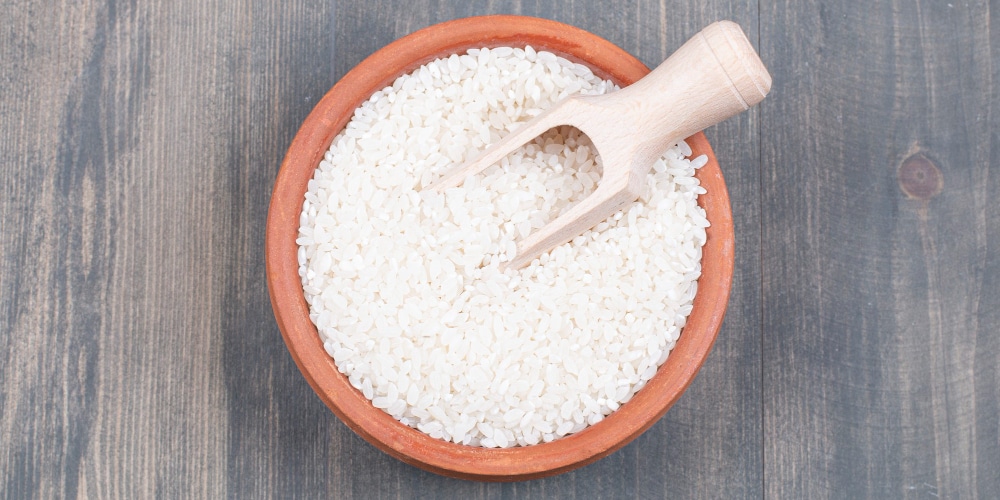Latest
Fact Check: Can kidney stones be removed without surgery?
Can kidney stones be removed without surgery? Here's what you need to know about a viral Instagram claim, treatment procedures and expert advice
Author
Author
- admin / 3 months

- 0
- 4 min read

Author
A viral Instagram reel posted by content creator Sanjeev Kumar Sharma has sparked queries online — can kidney stones really be removed without surgery?
In the reel, a person asks him about his claim, to which he confidently responds that even large, 2–3-year-old stones can be removed.
What is a kidney stone, its symptoms and causes?
Kidney stones, or renal calculi, are hard masses made of crystals that can form anywhere along the urinary tract, including the kidneys, ureters, bladder, and urethra. They can be extremely painful, especially when moving through the ureters – a condition known as renal colic, which causes intense, intermittent pain in the back or abdomen, often radiating to the groin in men.
Other symptoms may include blood in urine, nausea, vomiting, discoloured or foul-smelling urine, chills, fever, frequent urination, and passing small amounts of urine. In some cases, small stones may pass without causing noticeable symptoms.
Risk factors for kidney stones include being between 20 and 50 years old. A personal or family history of kidney stones increases susceptibility, as do dehydration, obesity, and diets high in protein, salt, or glucose. Medical conditions like hyperparathyroidism, inflammatory bowel disease, and history of gastric bypass surgery can also raise risk, along with certain medications such as triamterene diuretics, antiseizure drugs, and calcium-based antacids.
Can the kidney stones be removed without surgery?
According to a study, kidney stones can sometimes be removed without surgery, depending on their size, type, and location. Many smaller stones- particularly those under 5 millimetres in diameter- often pass naturally through the urinary tract within one to two weeks. About half of the stones between 5 and 10 millimetres may also pass on their own. In such cases, doctors usually recommend a “watchful waiting” approach, encouraging patients to drink plenty of water (six to eight glasses a day) to help flush the stone out, alongside pain relief medication such as ibuprofen, diclofenac, or acetaminophen.

Dr Ravindra Hodarkar, Urologist at Zynova Shalby Hospital, Mumbai, with over 45 years of experience, explains that small kidney stones can often pass naturally by drinking plenty of water and taking medications to relieve pain and aid their movement. Non-surgical treatments such as shock wave therapy (lithotripsy) or laser procedures can also be used to break stones into smaller fragments, making them easier to pass. However, larger stones typically require medical procedures, and the exact line of treatment should always be determined by a qualified doctor.
For larger stones or those causing complications, non-surgical treatments are available. Medical expulsion therapy with drugs like tamsulosin (Flomax) can relax ureter muscles, easing stone passage. Certain uric acid stones can also be dissolved with medications like allopurinol or urine-alkalizing agents such as sodium bicarbonate or sodium citrate. Treatment is tailored to the stone type, severity of symptoms, and presence of complications.
Addressing the viral Instagram reel, Dr Hodarkar firmly stated that it is “not at all possible” to remove a kidney stone simply by pressing the stomach from the outside. He warned against following social media videos that are not backed by medical expertise, as such actions can increase pain and discomfort. On whether surgery or non-surgical methods should be chosen, he emphasised that the treatment approach depends entirely on the size and nature of the stone. “Do as the doctor says, and you will be able to get rid of the stones,” he advised.
Also read: Real costs of health misinformation: UP man performs surgery on self watching YouTube videos
Do you have a health-related claim that you would like us to fact-check? Send it to us, and we will fact-check it for you! You can send it on WhatsApp at +91-9311223141, mail us at hello@firstcheck.in, or click here to submit it online.








